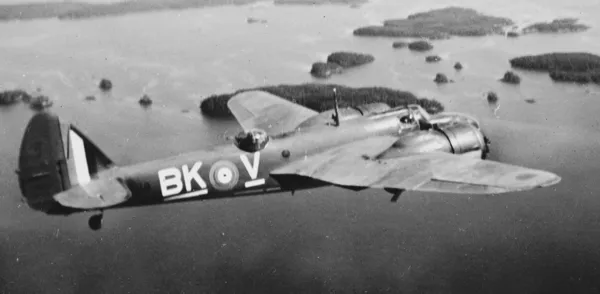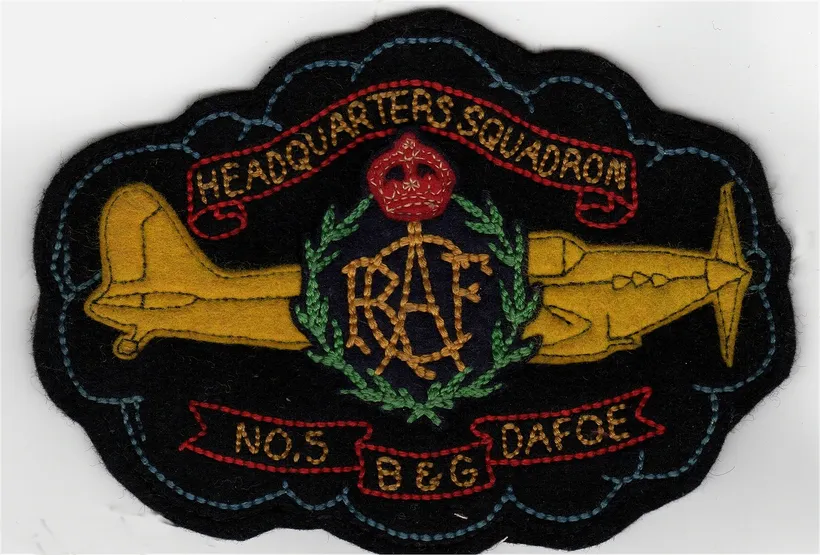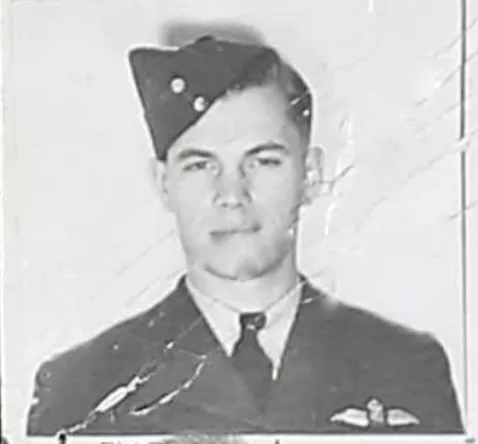Morgan, Reginald Ivor (Leading Aircraftman)
Killed in Flying Accident 1942-December-09


Birth Date: 1916
Born:
Parents: Son of Reginald Thomas Morgan and Kathleen Minnie Morgan, of Worcester Park Surrey, England
Spouse: husband of Evelyn Annie Morgan, of Tolworth, Surbiton, Surrey.
Home:
Enlistment:
Enlistment Date: unkown date
Service
RAF
Unit
5 BGS- Bombing & Gunnery School
Base
Dafoe, Saskatchewan, Canada
Rank
Leading Aircraftman
Position
Service Numbers
752324
Crew or Other Personnel
Bolingbroke 9924
Bolingbroke serial: 9924

Fairchild Bolingbroke Mk. IV, RCAF (Serial No. 9118), coded BK-V, No. 115 (Bomber Reconnaissance) Squadron, Patricia Bay, British Columbia, 1942.
The Bristol Fairchild Bolingbroke was a maritime patrol aircraft and trainer used by the Royal Canadian Air Force during the Second World War. Built by Fairchild-Canada, it was a license-built version of the Bristol Blenheim Mk IV bomber.
In 1935, the British Air Ministry issued Specification G.24/35 to procure a coastal reconnaissance/light bomber to replace the Avro Anson. Bristol proposed the Type 149, based on its Blenheim Mk I, with Bristol Aquila engines to give greater range. While the Air Ministry rejected this proposal, a Blenheim Mk I, retaining its Mercury VIII engines, was converted as a Type 149 (Blenheim Mk III) for the general reconnaissance role.The nose was lengthened to provide more room for the bombardier, with the upper left surface of the nose being scooped out to maintain pilot visibility during takeoff and landing.
The longer range also fulfilled a Canadian requirement for a maritime patrol aircraft. Consequently, Fairchild Aircraft Ltd. (Canada) of Quebec started production of the Blenheim Mk IV as the Bolingbroke (the originally intended name for the Blenheim IV). This type was nicknamed the "Bolly". After a small run of aircraft constructed to British specifications, as the Bolingbroke Mk I, Fairchild switched production to the Bolingbroke Mk IV with Canadian and American instruments and equipment. These versions also included anti-icing boots and a dinghy. One of the early Mk IV variants was the Bolingbroke Mk IVW which was powered by two 825 hp (615 kW) Pratt & Whitney SB4G Twin Wasp Junior engines. Incapable of maintaining altitude on one engine, the normal bomb load was reduced to 500 pounds on these aircraft to compensate for the low engine power. The most-produced variant was the Bolingbroke Mk IVT trainer, of which 457 were completed. A total of 626 Bolingbrokes were produced. Wikipedia
Aircraft Images
Bolingbroke 9924
Bolingbroke Mk. IVT 9924
Assigned to No. 2 TC and allotted to No. 5 B&GS, Dafoe, SK. On 9 Dec 1942, the a/c dove into the ground near Quill Lake Bombing Range SE of No. 1 Bomb Target in bad weather. The entire crew including Flight Sergeant J. Phillips (pilot), together with LACs (RAF) R. Morgan and F. Selfe, were killed.1942-07-21 Taken on Strength 2021-12-31
1942-December-09 Accident: 5 Bomb & Gunnery School Loc: Quill Lake Names: Morgan | Phillips | Selfe
1943-01-28 Struck off Strength Cat “A†write-off; reduced to spares and produce 2021-12-31
Unit Desciption
5 BGS (5 Bomb and Gunnery School)
The Bombing and Gunnery School (B&GS) offered instruction in the techniques of bomb aiming and aerial machine gunnery to Air Observers, Bomb Aimers, and Wireless Air Gunners. These schools required large areas to accommodate their bombing and gunnery ranges, and were often located near water. The Avro Anson, Fairey Battle, Bristol Bolingbroke, and Westland Lysander were the standard aircraft used at B&GS schools.
RCAF.info - RCAF Station Dafoe SK
![]() Saskatchewan Virtual War Memorial - 5 BGS History
Saskatchewan Virtual War Memorial - 5 BGS History
![]() Vintage Wings Ghosts Of Saskatchewan
Vintage Wings Ghosts Of Saskatchewan

